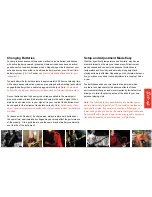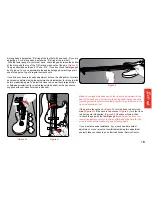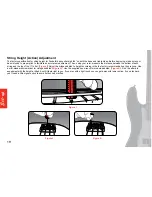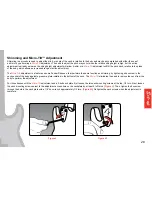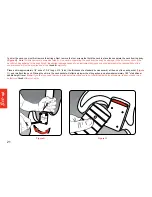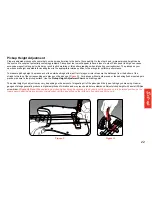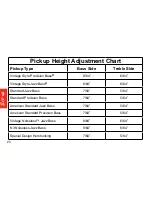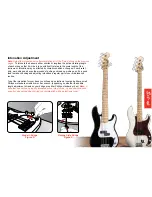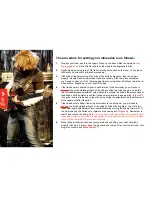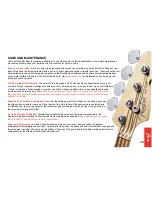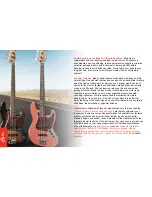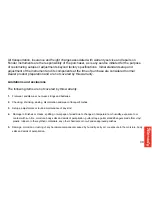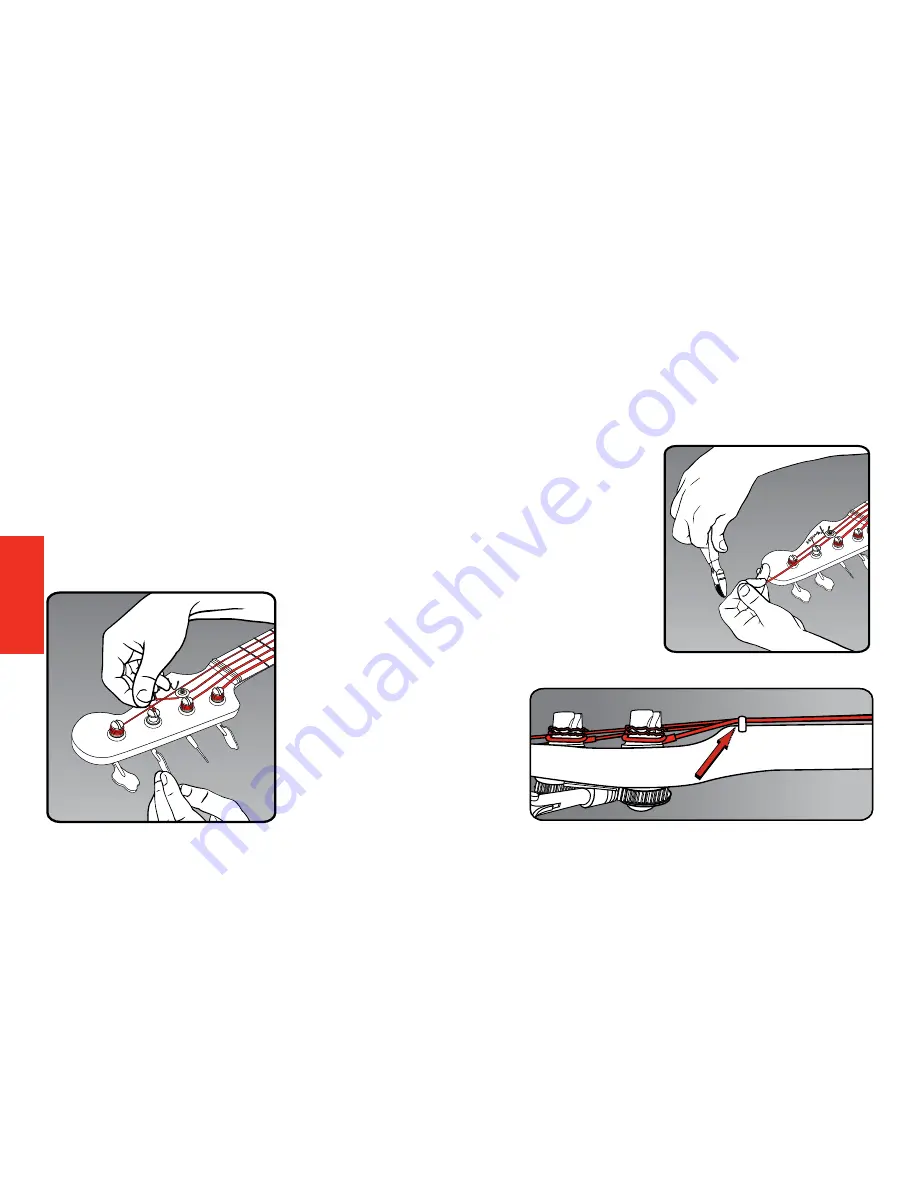
Figure B
Figure A
Figure C
Changing Strings
A fresh set of strings can breathe new life into your bass, and something as simple as how you wind the strings onto the tuning machine posts
when changing your strings, will determine tuning stability and string tension. It’s also a good idea to stretch your strings a little as you tune
to make sure that each string is seated well and snugged down on the tuning machine post. This will save you some tuning frustration down
the road. Just grab the string in the middle, lightly tug it up and down to remove slack, and then retune. (
See your
Fender
®
Dealer to obtain
replacement
Fender
bass strings.
)
First start by pulling each string through the bridge, over the nut and past the corresponding tuning
machine post, with enough extra length to allow a minimum of three winds around it. Mark that point
on the string. With wire cutters, crimp the string over at a 45-degree angle one inch before the mark,
then clip off the excess at the mark, (
Figure A
)
.
Next, place the end of the string all the way down in the hole in the center of the tuning machine
post and bend the string over in the slot. Wind the tuning key to tighten the string to pitch while
holding the loose end of the string in place with your
other hand, (
Figure B
)
. Make sure that the string does
not overlap itself and is wound from the top down to the
base of the tuning machine shaft, to insure the string is
seated properly on the nut with the most acute break
angle possible, (
Figure C
)
.
15
Set-up
Summary of Contents for Vintage Style Precision Bass
Page 1: ...OWNER S MANUAL FOR FENDER BASSES ...
Page 7: ...6 ...
Page 10: ...9 ...
Page 35: ...34 ...
Page 36: ...P N 0079381000 Rev A 2011 FENDER MUSICAL INSTRUMENTS CORP ...
















